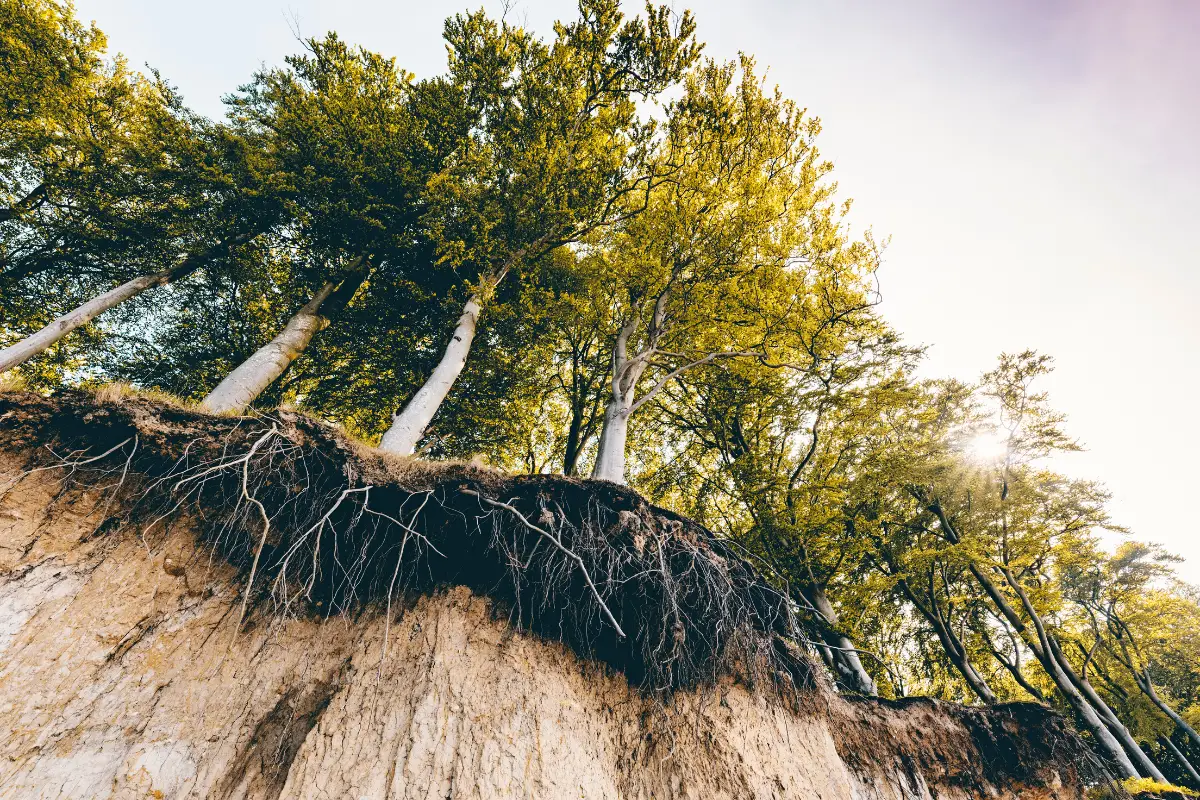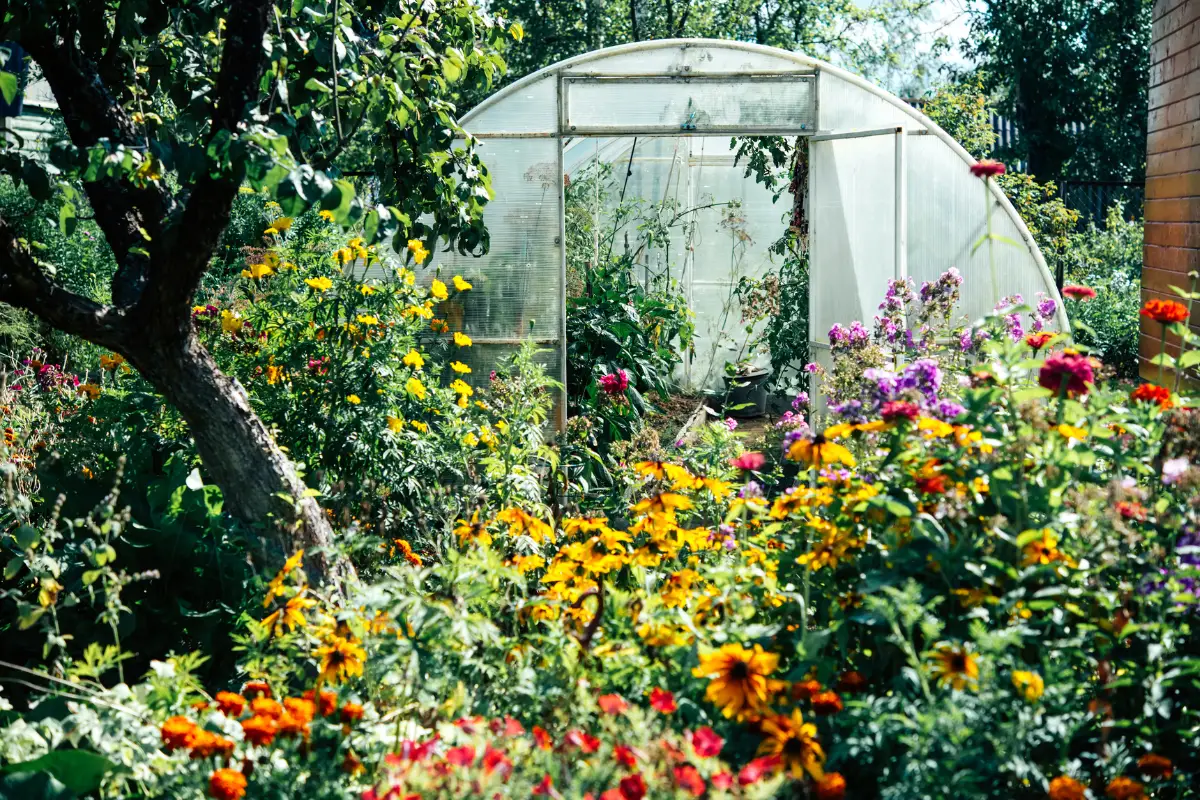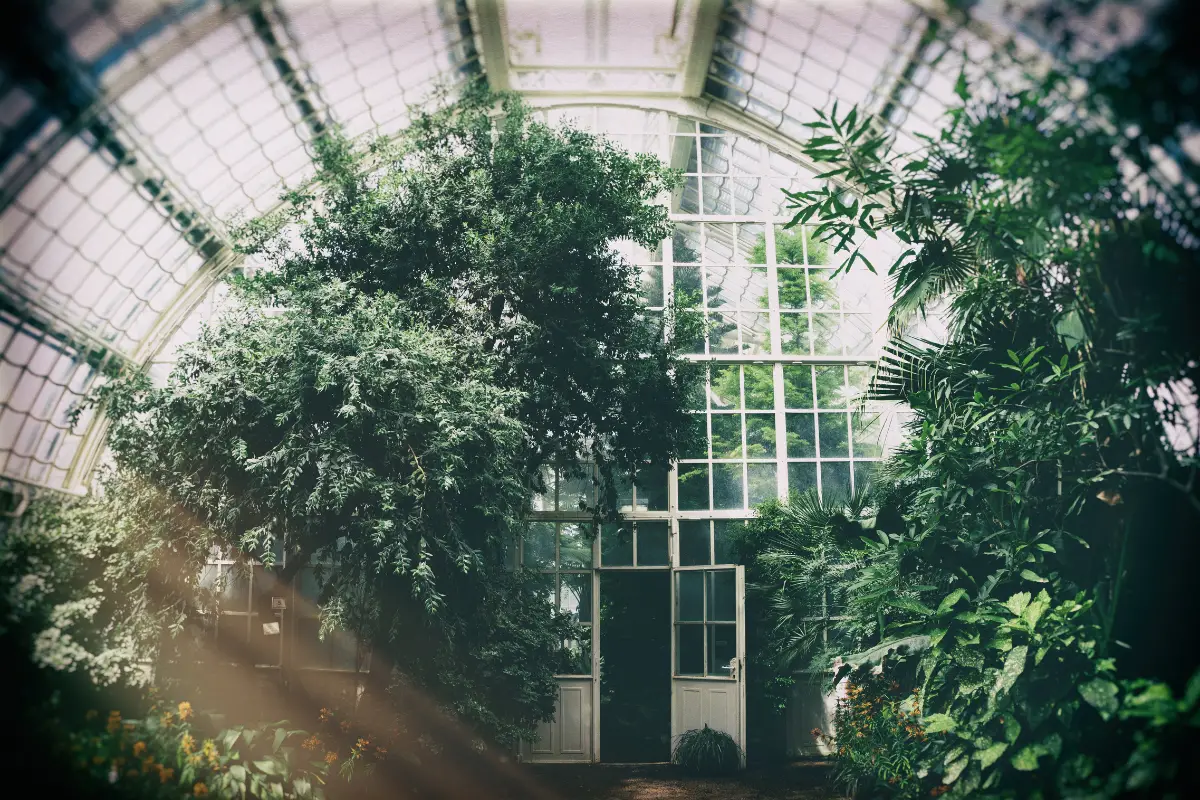You can play bocce ball on grass if the yard or grass surface is relatively flat. Since the ideal surface for bocce ball is level crushed stone or sand, the grass should be cut to 1 inch tall and be free from any mulch, potholes, or rigidness.
To learn more about how to play bocce ball on the grass, keep reading. This article fully explains playing bocce ball on a variety of surfaces including grass. Let’s get started.
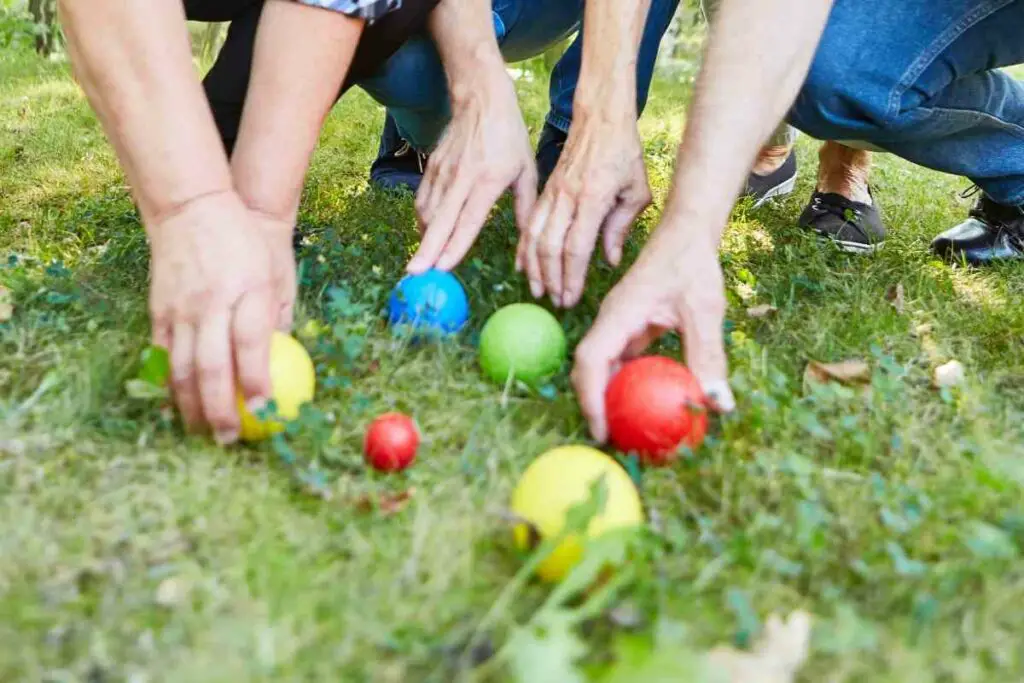
Table of Contents
How Do You Play Bocce Ball in the Yard?
If you want to play bocce ball, but do not have a formal court, you can transform your yard or lawn into a bocce ball court. In order to do this, you need to prepare the grass and make the right sized court first.
Let’s take a look at how you can play bocce ball in the yard.
Step 1: Prepare the Grass
When playing bocce ball, you want the court to be level, free from dips, and easy for the balls to roll fast and straight on.
As you likely know, grass without proper maintenance does not meet these standards, but you can prepare your grass for bocce ball playing.
First, find the flattest and most level part of your yard. Walk around your lawn and check to see if there are any areas free from holes, dips, or slants. You can use a leveling tool to accurately learn what part of your yard is flattest.
Once you know what land is the flattest, grab a shovel. Use this shovel to fill in any potholes or break down parts of the lawn that are higher than the rest. You will want to compact the dirt down so that it is as tight as possible.
Next, trim any grass that is overgrown. For best results, trim the grass so that it is only 1 inch tall. This length will help the ball roll fast and straight without getting lost.
Make sure that the grass is completely leveled when you are finished.
Lastly, remove any obstructions from the area that might get in the way of the game. This includes lawn decorations, clotheslines, etc.
Step 2: Make the Right Size Court
After you have prepared the grass, you need to form the actual court. A regulation-size bocce court is 13 feet wide by 90 feet long.
If you want to have the most realistic playing experience, make the bocce ball court as close to these dimensions as possible. As for depth, most bocce ball courts are dug to be two to four inches deep.
If you don’t have a large enough lawn for this sized court, that’s okay too. Just make the court as close to regulation size as possible.
If you are playing in your yard, you don’t have to dig for the court’s depth. You can add the depth using the barrier, as described next.
No matter what the dimensions are for your bocce court, add a physical barrier around it. This barrier will help you to stay within bounds. You can use a variety of items as the barrier, including pieces of wood or even yarn.
You will also need to add a foul line. These foul lines tell you where you can’t step whenever you throw. On regulation-sized courts, the foul lines are located 10 feet from each end.
Even if your court is not regulation size, we recommend putting the foul lines at the 10-foot mark. Add a centerline as well.
For all of these lines, we recommend using chalk or some sort of paint.
Step 3: Play!
Now that you have prepared your grass and made your bocce ball court, it is now time to play. Grab your players and bocce balls to get started!
If you’re playing regulation style, there should be eight people, but you can just have two people per team if you are playing with friends.
Prices pulled from the Amazon Product Advertising API on:
Product prices and availability are accurate as of the date/time indicated and are subject to change. Any price and availability information displayed on [relevant Amazon Site(s), as applicable] at the time of purchase will apply to the purchase of this product.
What Surfaces Can Bocce Ball be Played On?
Regulation bocce ball courts are made from crushed stone, sand, or an oyster blend. These materials let the ball roll quickly and in a straight line without pressing the ball. Likewise, these surfaces absorb extra bounce and allow proper drainage.
We say this because you can technically turn any surface into a bocce ball court, but you want the surface to have the same attributes as the regulation court, or as close as possible.
In other words, you need the surface to be flat, level, balance absorbent, and offer some drainage.
Based on these standards, artificial turf and clay are popular materials. When maintained properly, grass can also be a good bocce ball court.
Surfaces to Avoid
You want to avoid services that are opposite to the surfaces described above. For example, you should avoid any surfaces that are incredibly slanted, unlevel, or pitted. These sorts of materials will hinder the playing experience.
Some surfaces you should avoid include gravel and hills. These surfaces will not have an even rolling experience. Likewise, you should avoid playing on concrete, even if it is flat. Concrete will not absorb any bounce, which can result in broken or unruly balls.
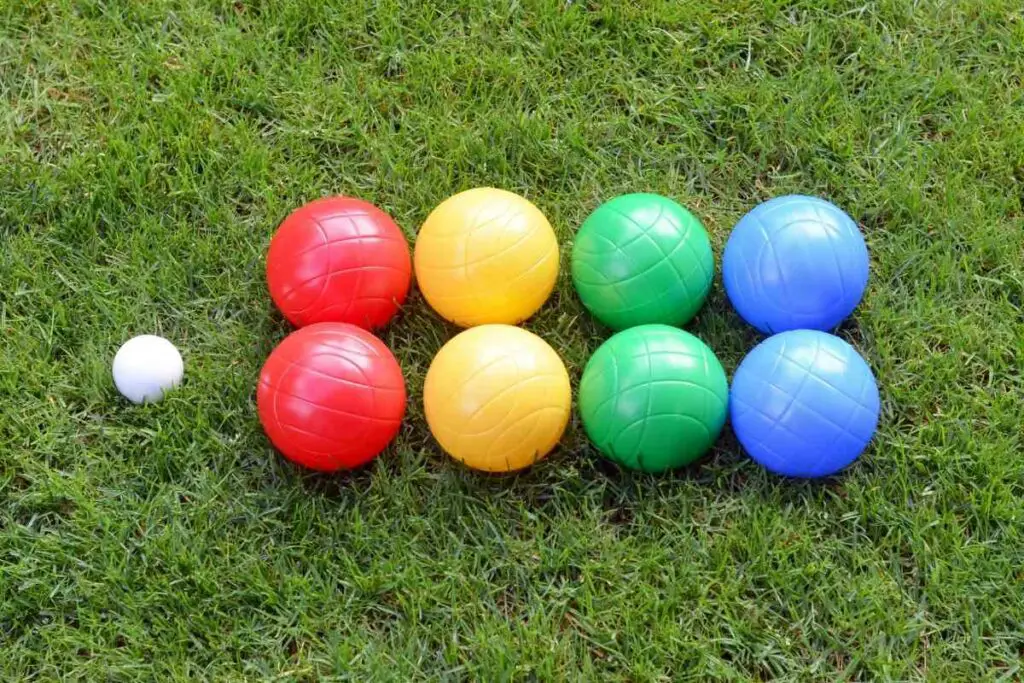
What Is the Best Surface to Play Bocce Ball On?
The absolute best surface to play bocce ball on is crushed stone, sand, or oyster blends. This is the material or surface that professionals play on. Unfortunately, this material will not be an option for all bocce ballplayers.
If you just want to play for fun, grass will likely be your best option. You should be able to find a good patch of grass in your yard or in a local park.
If you can, trim the grass so that it is only an inch tall. This will create a pretty good playing experience for social play.
That being said, if you can find a regulation bocce ball court in your area, that will be the best location to play, even if you have a large yard.
Certain parks and rec centers offer regulation-style bocce ball courts. These courts will be best because they offer the best material for playing, even if you are just playing for fun!
- How to Build a Planter Box for Bamboo: A Step-by-Step Guide

- Can Robotic Lawnmowers Handle Steep Slopes?

- Do You Need a Specific Lawn for a Robotic Lawnmower? Expert Advice

- Are Robotic Lawnmowers Safe for Pets and Children? Safety Features of Robotic Lawnmowers

- Why Use Robotic Lawnmowers? Advantages of Using a Robotic Lawnmower

- Is the GARDENA SILENO City 300 Cordless or Corded? A Clear Answer













